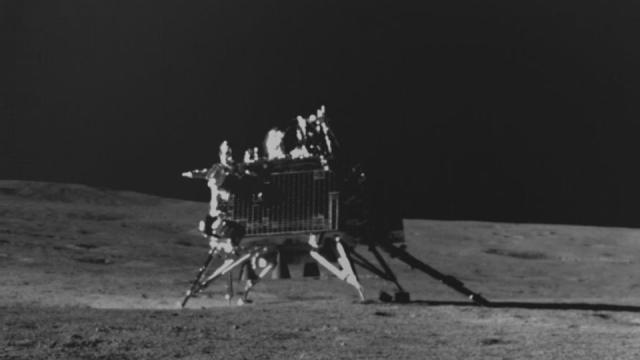Module That Powered India's Historic Moon Mission Has Just Returned To Earth’s Orbit
In a significant development for space exploration, the module that powered India's historic moon mission has just returned to Earth’s orbit. The propulsion module's successful journey back from the moon marks a pivotal achievement for India's space program, opening new avenues for research and advancing our understanding of lunar exploration capabilities.
Author:Paula M. GrahamReviewer:Hajra ShannonDec 07, 20231.5K Shares41.1K Views

In a significant development for space exploration, the module that powered India's historic moon mission has just returned to Earth’s orbit. The propulsion module's successful journey back from the moon marks a pivotal achievement for India's space program, opening new avenues for research and advancing our understanding of lunar exploration capabilities.
Chandrayaan-3, India's third lunar mission, aimed to build upon the successes of its predecessors by deploying a lunar lander and rover to explore the moon's surface. Central to the mission's propulsion and orbit control was a dedicated module, a critical component responsible for executing precise maneuvers and ensuring the spacecraft's trajectory aligned with mission objectives.
The Chandrayaan-3 mission achieved success in its lunar exploration goals, gathering valuable data and insights from the moon's surface. The propulsion module's fuel reserve exceeded the expectations of ISRO, the Indian Space Research Organization. Thus, the agency announced on Mondaythat researchers had chosen to proceed with their efforts to return the module to its home base.
The propulsion module's main responsibility was to launch the Vikram 3 lander into a low-lunar orbit, approximately 100 kilometers above the Moon's surface. The propulsion module went to a 150 km orbit around the Moon after completing this task in August. There, its last operating objective was to assist the SHAPE science experiment, which observed the Earth.
The propulsion module played a crucial role in navigating the spacecraft through the complexities of lunar orbits, executing planned maneuvers, and facilitating a safe landing for the lander and rover.
The Chandrayaan-3 mission's lunar lander was driven by the propulsion module, a big box-shaped device with an engine strapped to its bottom and a solar panel attached, for the majority of the spacecraft's journey to the moon following the spacecraft's mid-July launch.
Three weeks after entering lunar orbit, the lander decoupled from the propulsion module and touched down on August 23, becoming India the fourth nation to accomplish such a feat. Previously, only the United States, China, and the erstwhile Soviet Union have managed to achieve this.
After fulfilling its lunar exploration duties, the propulsion module that powered India's historic moon mission has just returned to Earth’s orbit. Navigating the challenges of space travel, the module re-entered Earth's orbit, showcasing the precision and expertise of the Indian Space Research Organisation (ISRO). This achievement holds significance not only for India's space program but also for global efforts in lunar exploration.
The successful return of the Chandrayaan-3 propulsion module highlights India's growing prowess in space technology. The precision required for a module to re-enter Earth's orbit after a lunar mission underscores the technological advancements achieved by ISRO. Such feats contribute to the collective knowledge and capabilities of the international space community.
The module's return to Earth's orbit presents a unique scientific opportunity. Researchers and space scientists can now analyze the module's condition, components, and any lunar material it may have brought back. This information could offer insights into the lunar environment, the impact of space travel on equipment, and potential advancements for future lunar missions.
Conclusion
The Chandrayaan-3 propulsion module that powered India's historic moon mission has just returned to Earth’s orbit. Beyond national achievements, this success adds to the collective knowledge of lunar exploration, propelling humanity further into the cosmos and opening doors to exciting possibilities for future space endeavors.
Jump to

Paula M. Graham
Author

Hajra Shannon
Reviewer
Latest Articles
Popular Articles